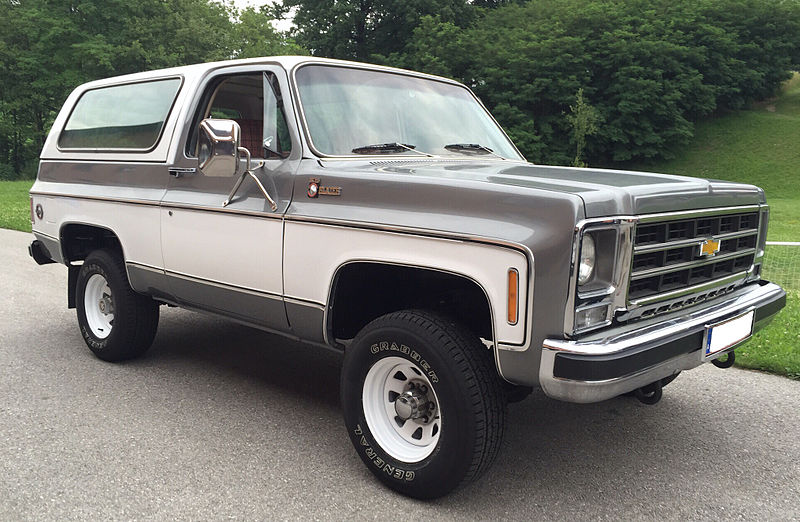Aviation has come a long way since the Wright brothers made their first powered flight in 1903. Throughout history, numerous aircraft have emerged, each bringing groundbreaking innovations that have reshaped how we travel and explore the skies. From military advancements to the introduction of commercial jetliners, these revolutionary aircraft have not only transformed aviation technology but have also significantly influenced global connectivity. In this article, we’ll explore 19 of the most impactful aircraft that changed aviation history, highlighting their unique contributions and lasting legacies in the world of flight.
Wright Flyer (1903)
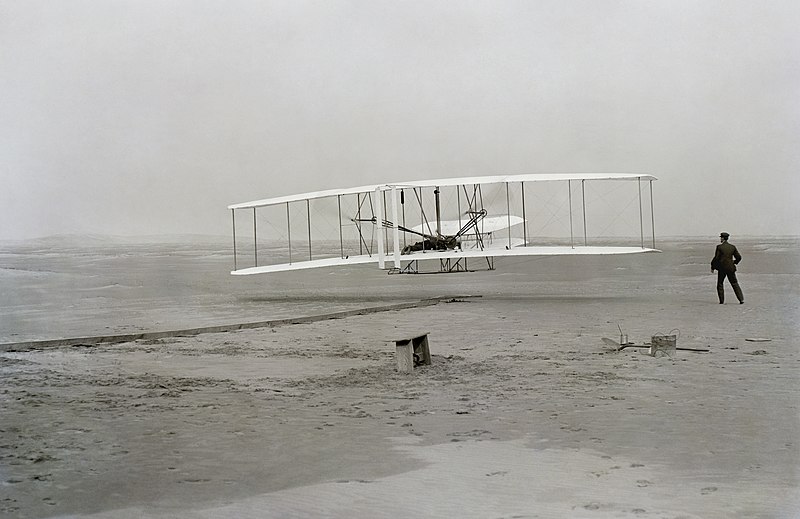
The Wright Flyer, designed by Orville and Wilbur Wright, made its first powered flight on December 17, 1903, in Kitty Hawk, North Carolina. This aircraft marked the dawn of controlled, powered flight, paving the way for modern aviation. It featured a biplane design and a wingspan of 40 feet, powered by a 12-horsepower engine. The Flyer could only sustain flight for 12 seconds, covering a distance of 120 feet. Its success was the result of meticulous experimentation with aerodynamics and control. This achievement demonstrated that manned flight was not only possible but also achievable. The Wright Flyer remains a symbol of human ingenuity and the relentless pursuit of flight.
Douglas DC-3 (1935)
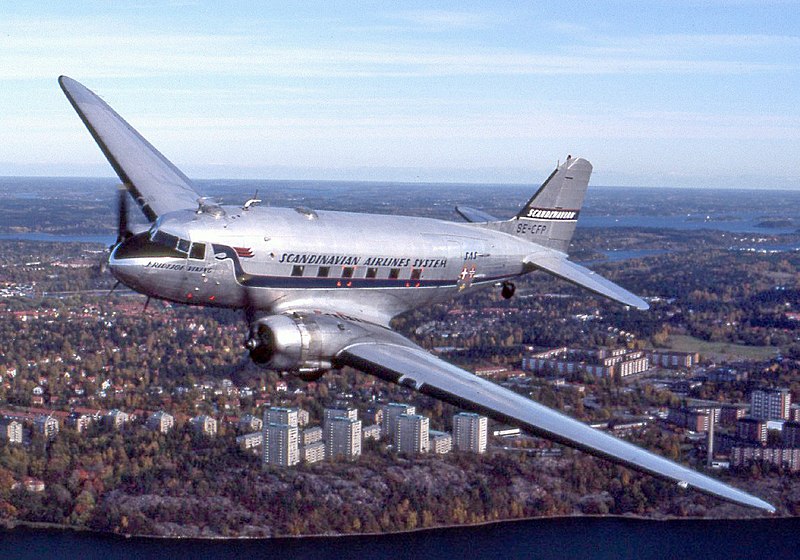
The Douglas DC-3 revolutionized commercial aviation with its introduction in the 1930s. With its sleek design and efficient engines, it became the first airliner to turn a profit from passenger flights. Capable of carrying 21 to 32 passengers, the DC-3 transformed air travel, offering comfort and reliability. Its range allowed airlines to connect distant cities, making air travel accessible to the masses. The aircraft’s rugged design contributed to its popularity during World War II, where it served as a military transport. Even today, many DC-3s are still in operation, showcasing their enduring legacy. Its impact on the airline industry solidified the DC-3 as an aviation icon.
Boeing 707 (1958)
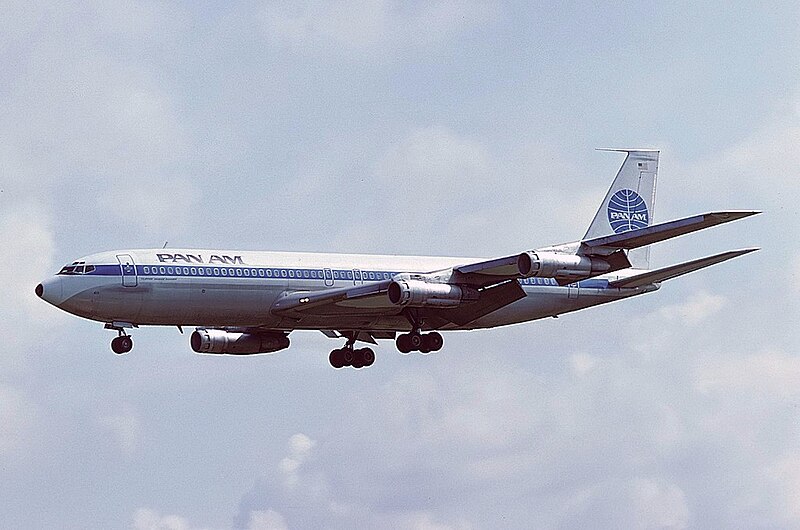
The Boeing 707 ushered in the jet age with its commercial debut in 1958, transforming long-distance air travel. As the first successful commercial jetliner, it set the standard for speed and efficiency. The aircraft featured a distinctive swept-wing design, allowing for greater fuel efficiency and range. It could carry up to 200 passengers, dramatically increasing the number of people who could travel by air. The 707 made transcontinental and international flights feasible and affordable for the average traveler. Its success inspired other manufacturers to develop their own jetliners, spurring a global aviation boom. The 707’s legacy can still be felt in today’s commercial aviation landscape.
Concorde (1969)
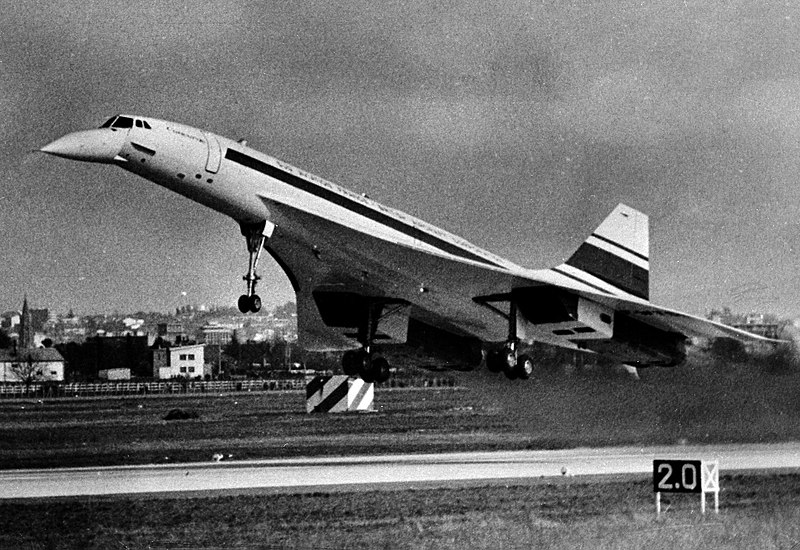
Concorde, a joint venture between British and French aerospace, was a marvel of engineering and luxury. Capable of cruising at speeds over Mach 2, it cut transatlantic flight times in half. The aircraft’s distinctive delta wing design enabled it to achieve supersonic speeds while maintaining stability. With a capacity for 100 passengers, Concorde offered an unparalleled flying experience with onboard amenities that rivaled luxury hotels. However, its operational costs were high, leading to its retirement in 2003. Despite its limited service, the Concorde remains an enduring symbol of aviation innovation. Its legacy continues to inspire interest in supersonic travel.
Lockheed SR-71 Blackbird (1966)
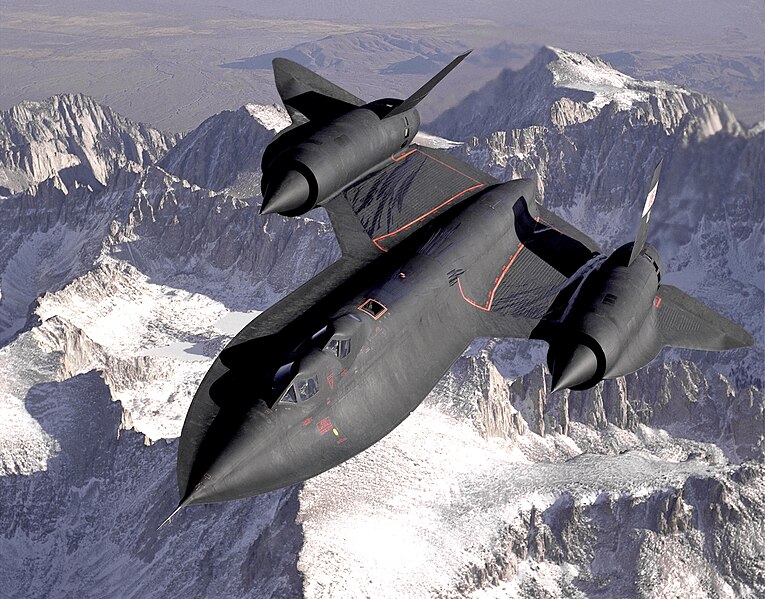
The Lockheed SR-71 Blackbird redefined the limits of speed and altitude in military aviation. Designed for reconnaissance, it could fly at speeds exceeding Mach 3, making it nearly impossible to intercept. The aircraft’s sleek, elongated fuselage minimized drag, while its innovative materials allowed it to withstand extreme temperatures. Its operational ceiling of 85,000 feet placed it well above the range of enemy missiles and aircraft. The SR-71 provided invaluable intelligence during the Cold War, flying missions over hostile territories. Its cutting-edge technology and design set the stage for future stealth aircraft. The Blackbird’s legacy remains a testament to American aerospace engineering prowess.
Boeing 747 (1970)
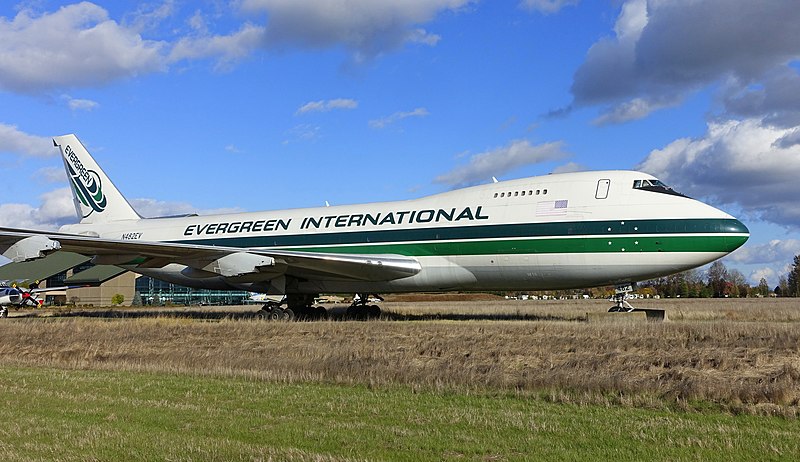
The Boeing 747, often referred to as the “Jumbo Jet,” transformed air travel with its massive size and capacity. First introduced in 1970, it was the first wide-body airliner, allowing airlines to carry more passengers and cargo efficiently. The distinctive hump on its upper deck became an iconic feature, symbolizing a new era in aviation. Capable of carrying over 400 passengers, the 747 made long-haul flights more accessible and affordable. Its introduction sparked a shift in airline economics, leading to lower fares and increased travel opportunities worldwide. The 747’s long-range capabilities opened up new international routes, connecting people and cultures like never before. Even today, the Boeing 747 remains a beloved aircraft, cherished by aviation enthusiasts and travelers alike.
Airbus A320 (1988)
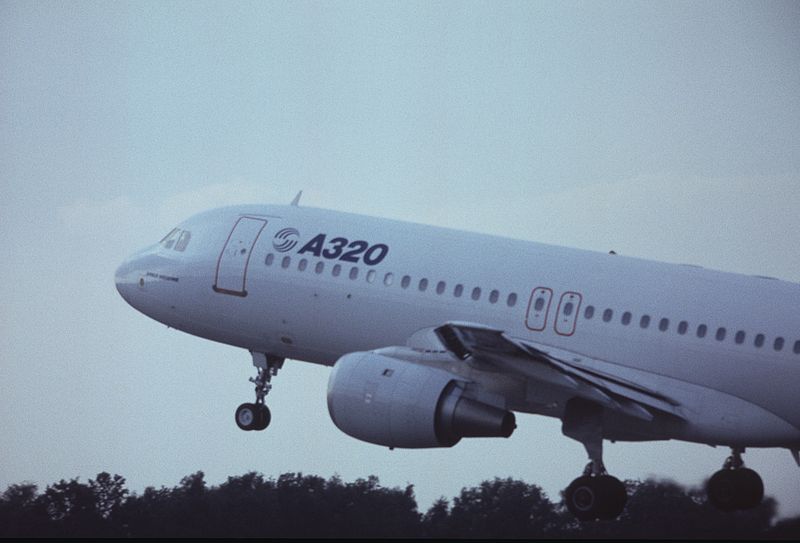
The Airbus A320 revolutionized the aviation industry with its introduction of fly-by-wire technology. This innovative system replaced traditional mechanical controls with electronic ones, enhancing safety and performance. The A320 was also the first commercial aircraft to feature a fully digital cockpit, setting a new standard for pilot interfaces. Its capacity of around 150 to 240 passengers made it ideal for short and medium-haul routes. The aircraft’s fuel efficiency and range contributed to its popularity among airlines. The A320 family has since become one of the best-selling commercial aircraft in history. Its influence on aviation design continues to shape the development of modern airliners.
Bell X-1 (1947)
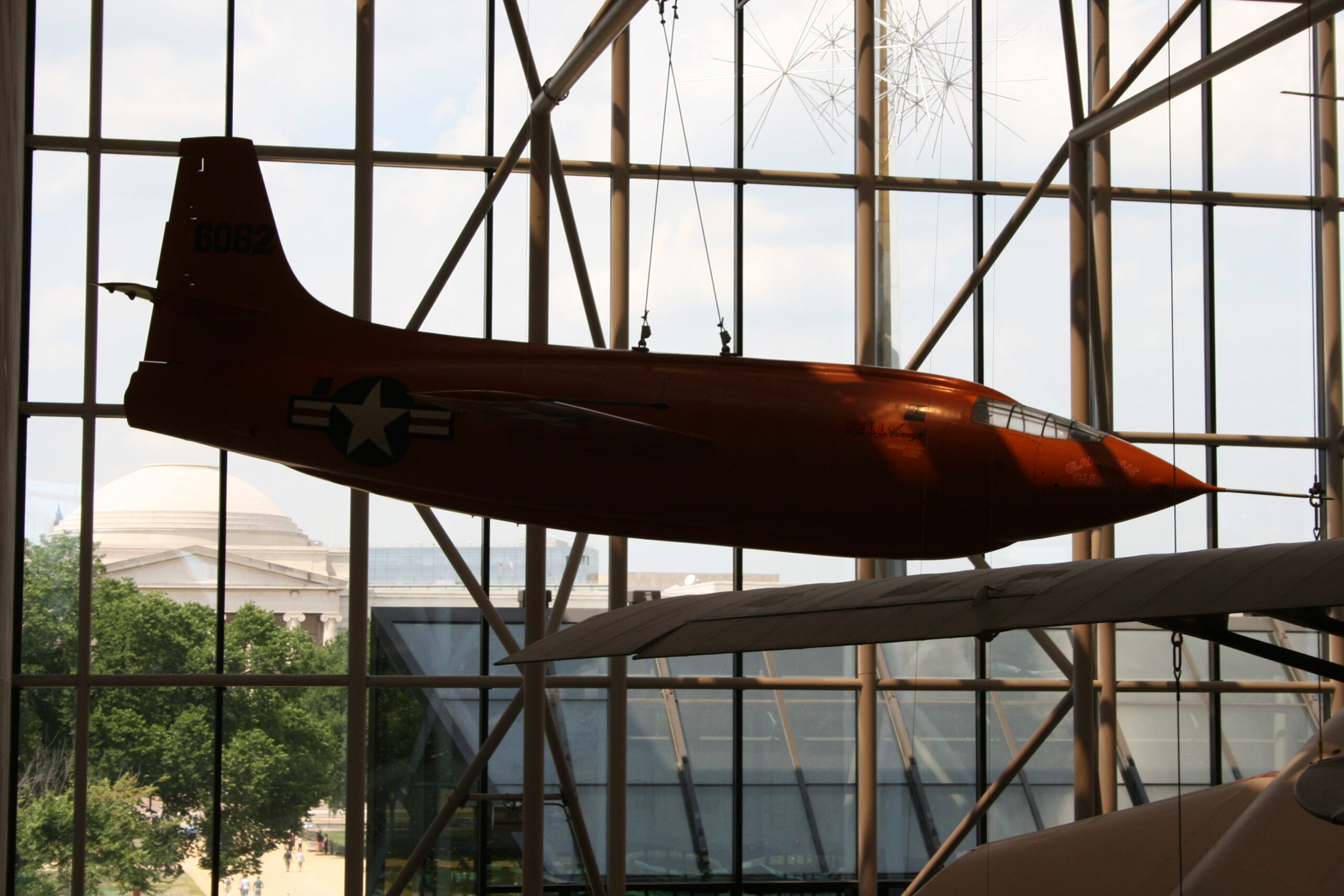
The Bell X-1 was the first aircraft to break the sound barrier, achieving this milestone on October 14, 1947. Piloted by Chuck Yeager, it reached a speed of Mach 1.06, forever changing the landscape of aviation. The X-1’s rocket propulsion system allowed it to achieve the high speeds necessary for this historic flight. Its design was based on a fuselage resembling a bullet, reducing aerodynamic drag. The success of the X-1 provided critical data for future supersonic flight and military aircraft. This achievement not only marked a technological breakthrough but also demonstrated the potential for human flight. The X-1 remains a significant landmark in aviation history.
McDonnell Douglas MD-80 (1980)
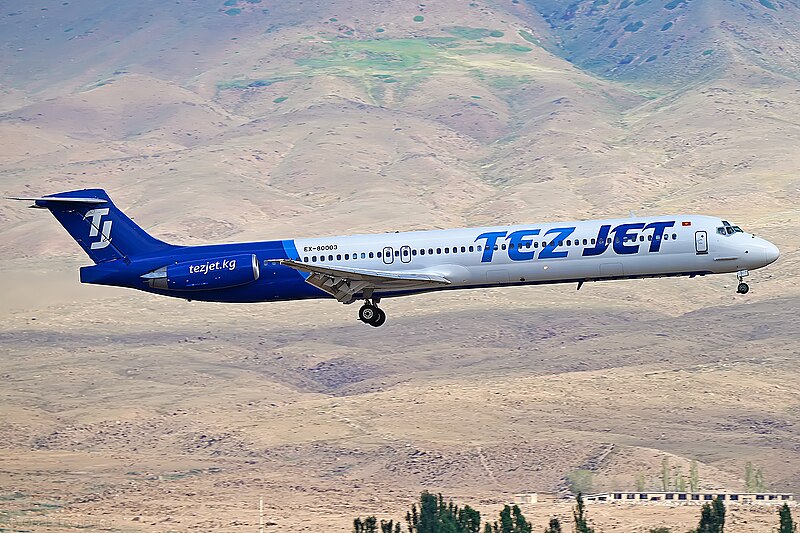
The McDonnell Douglas MD-80 series marked a significant evolution in the design of commercial aircraft. Featuring a more efficient wing design and advanced engines, it offered improved fuel efficiency compared to its predecessors. With a seating capacity of 130 to 172 passengers, the MD-80 was well-suited for short to medium-haul flights. Its introduction in the 1980s coincided with the deregulation of the airline industry, allowing airlines to expand their routes. The aircraft’s reputation for reliability and performance made it a favorite among carriers worldwide. Over 1,100 MD-80s were produced, and many remain in service today. Its impact on the airline industry is still felt, showcasing its lasting significance.
Boeing 787 Dreamliner (2009)

The Boeing 787 Dreamliner redefined passenger comfort and fuel efficiency when it entered service in 2009. With its innovative composite materials, the Dreamliner is lighter and more fuel-efficient than traditional aluminum aircraft. The cabin features larger windows and improved air quality, enhancing the overall passenger experience. Its advanced aerodynamics and engines contribute to lower operating costs for airlines. The Dreamliner’s ability to fly long-haul routes non-stop has opened up new travel possibilities. Additionally, it has received praise for its environmentally friendly design. The 787 represents a significant leap forward in modern aviation technology.
Lockheed Martin F-22 Raptor (2005)
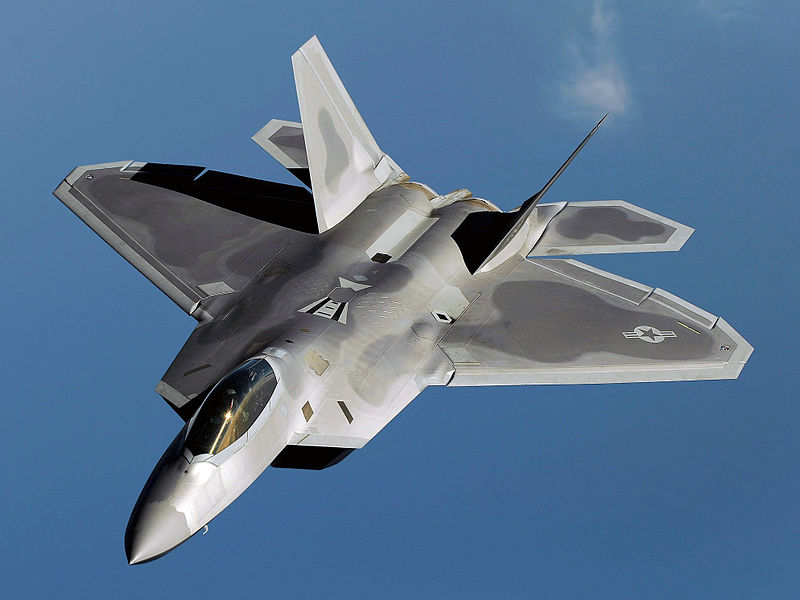
The Lockheed Martin F-22 Raptor revolutionized military aviation with its advanced stealth capabilities and supercruise technology. Designed as an air superiority fighter, it can fly at supersonic speeds without using afterburners. The Raptor’s sophisticated avionics and radar systems provide unmatched situational awareness on the battlefield. Its agility and speed allow it to outmaneuver potential threats, making it a formidable presence in the skies. The F-22’s combination of stealth, speed, and technology redefined the capabilities of modern combat aircraft. Although its production was limited, it remains a vital asset in the U.S. Air Force’s arsenal. The Raptor’s influence is felt in subsequent fighter designs, setting new standards for performance and capability.
Airbus A380 (2005)
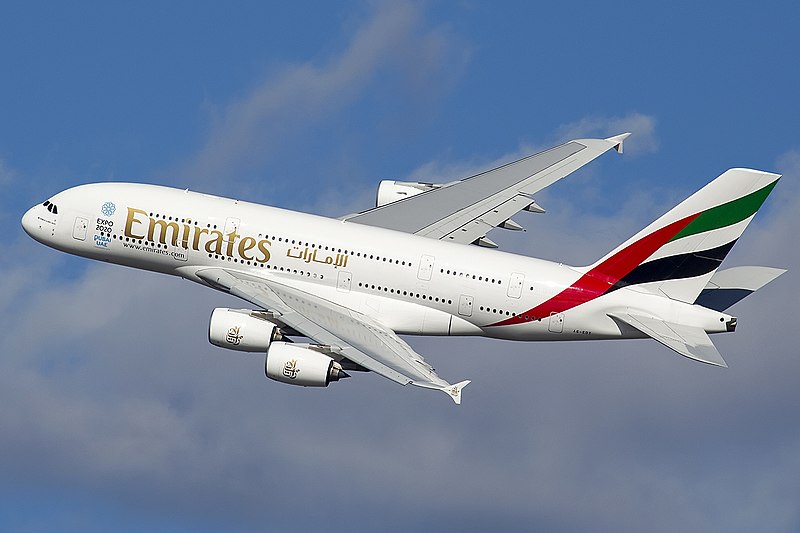
The Airbus A380 is the world’s largest passenger airliner, known for its impressive size and capacity. With two full-length passenger decks, it can accommodate up to 850 travelers in an all-economy configuration. The A380 made its debut in 2005, allowing airlines to serve high-demand routes more efficiently. Its advanced aerodynamics and materials contribute to its fuel efficiency, making it more sustainable than earlier aircraft. The aircraft’s spacious cabins and innovative amenities have set new standards for passenger comfort. Despite its enormous size, the A380 is designed for smooth takeoffs and landings, showcasing engineering excellence. Its introduction has had a profound impact on long-haul air travel.
Boeing B-17 Flying Fortress (1935)
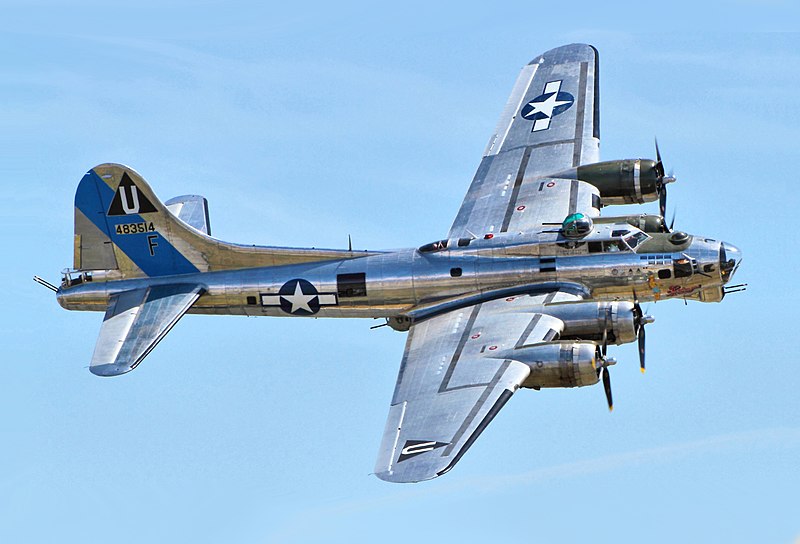
The Boeing B-17 Flying Fortress is a symbol of American air power during World War II. This heavy bomber was designed for long-range missions, capable of carrying significant bomb loads. Its robust construction and defensive armament allowed it to withstand heavy enemy fire, earning its nickname. The B-17 played a crucial role in strategic bombing campaigns, significantly impacting the war’s outcome. With a cruising speed of 150 mph, the B-17 was effective in penetrating enemy defenses. Its ability to operate at high altitudes made it a formidable adversary against ground forces. More than 12,000 B-17s were built, and its legacy continues to resonate in military aviation history, celebrated for its contribution to Allied victories.
de Havilland Comet (1949)
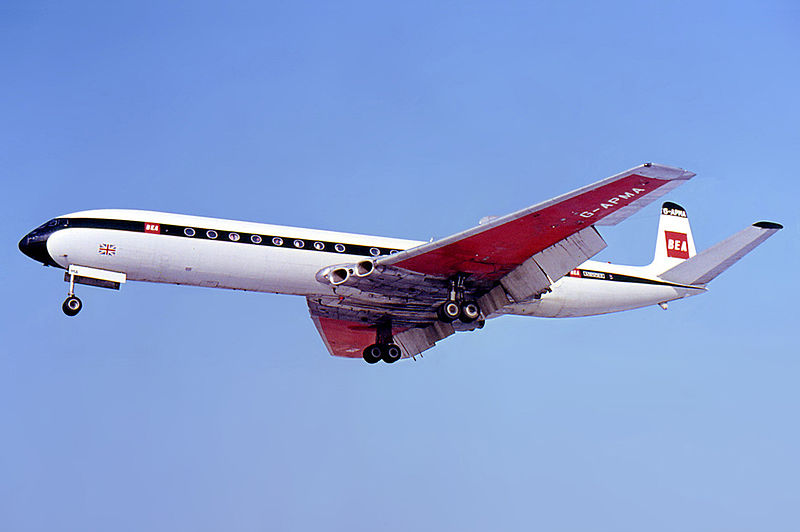
The de Havilland Comet was the world’s first commercial jet airliner, marking a new era in air travel when it entered service in 1952. With a sleek design and pressurized cabin, it could fly at higher altitudes and faster speeds than previous propeller-driven aircraft. Its innovative four-engine configuration provided passengers with a smoother flying experience, significantly reducing travel times. However, early accidents raised safety concerns, leading to investigations and improvements in design and engineering. Despite these challenges, the Comet paved the way for the future of commercial aviation, influencing subsequent jet airliners. Its legacy lies in its role as a pioneer, setting the stage for the widespread adoption of jet travel. The Comet’s innovations shaped aviation safety standards that are still in use today.
Sikorsky UH-60 Black Hawk (1974)
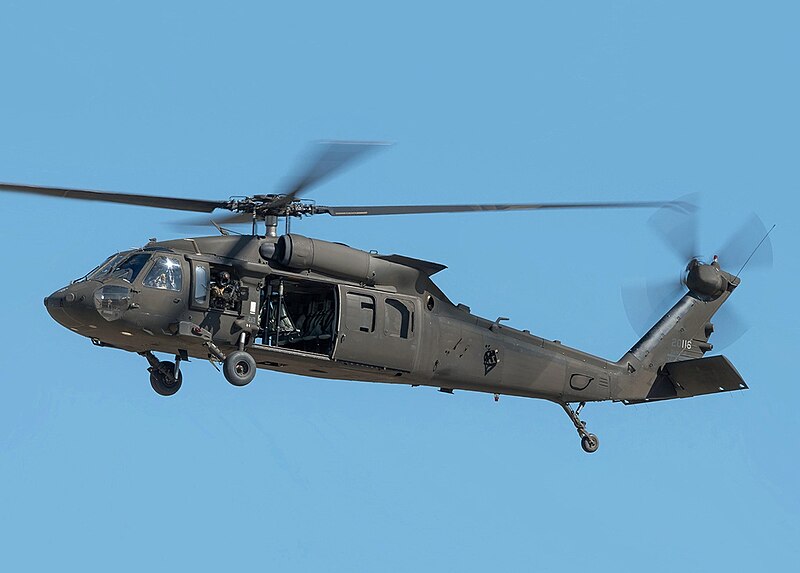
The Sikorsky UH-60 Black Hawk is a versatile utility helicopter that has become a staple in military operations since its introduction. Designed for troop transport and medical evacuation, the Black Hawk offers unmatched speed and agility on the battlefield. Its advanced avionics and robust construction enable it to operate in various environments, from urban settings to challenging terrains. The helicopter’s ability to carry up to 11 soldiers or an equivalent cargo load has made it essential for modern warfare. Over 4,000 units have been produced, demonstrating its reliability and effectiveness. The Black Hawk has also been deployed in humanitarian missions, showcasing its adaptability. Its iconic status is cemented as one of the most recognizable helicopters in the world.
North American P-51 Mustang (1940)
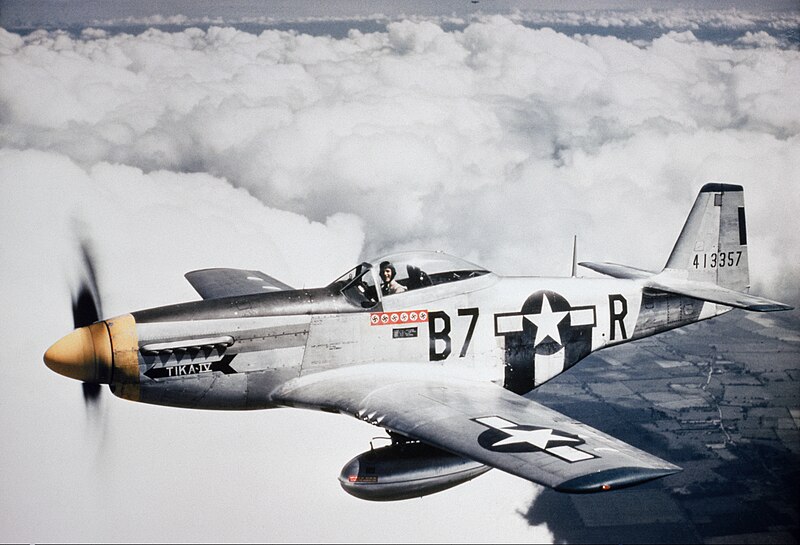
The North American P-51 Mustang is celebrated as one of the best fighter aircraft of World War II. Originally designed for the British Royal Air Force, it quickly gained acclaim for its exceptional performance and range. The P-51 featured a powerful Merlin engine, allowing it to fly at speeds over 400 mph. Its long-range capability enabled escort missions deep into enemy territory, providing vital support for bombers. The Mustang’s agility and firepower contributed significantly to the Allied air campaign in Europe. Its role in securing air superiority has earned it a legendary status among aviation enthusiasts. The P-51’s design principles continue to influence modern fighter aircraft.
Boeing 767 (1982)
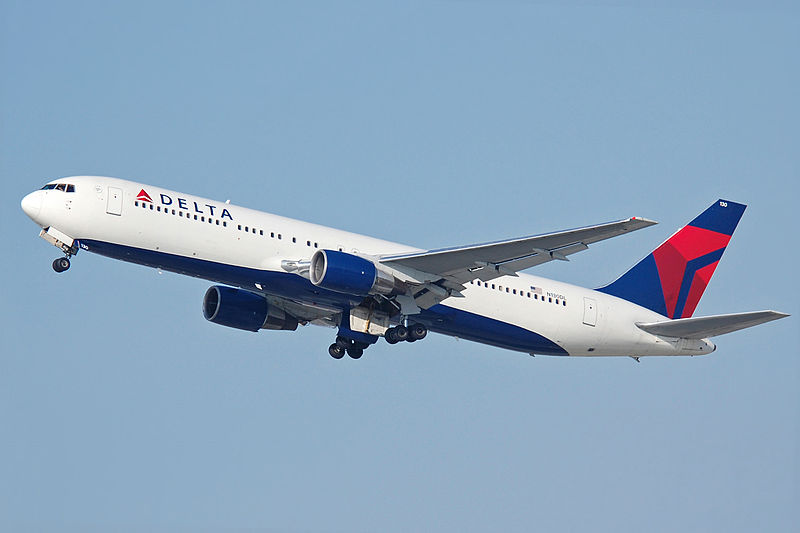
The Boeing 767 introduced a new category of wide-body, twin-engine airliners when it was launched in 1982. This aircraft offered greater fuel efficiency and operational flexibility compared to traditional four-engine jets. With a capacity of 181 to 260 passengers, the 767 became a popular choice for long-haul and transcontinental routes. Its innovative design allowed airlines to reduce operating costs while maintaining comfort for passengers. The 767 was also one of the first aircraft to be equipped with advanced cockpit technology, enhancing safety and navigation. Its versatility has made it suitable for both passenger and cargo operations. The 767’s impact on the aviation industry is evident in its continued service and influence on future aircraft designs.
Space Shuttle (1981)
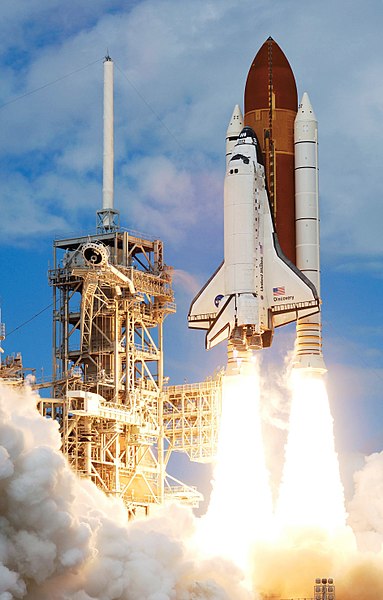
The Space Shuttle was a groundbreaking spacecraft that revolutionized human spaceflight when it first launched in 1981. It was the first reusable spacecraft, allowing for multiple missions and significantly reducing the cost of space access. The Shuttle could carry astronauts and cargo to low Earth orbit, including the International Space Station. Its unique design, featuring wings and a rocket booster system, made it capable of both atmospheric flight and space travel. Over its 30-year operational life, the Space Shuttle completed 135 missions, contributing to numerous advancements in space exploration and technology. Its legacy includes deploying satellites, conducting scientific research, and building the ISS. The Shuttle program’s innovations paved the way for the next generation of space vehicles.
Northrop Grumman B-2 Spirit (1989)
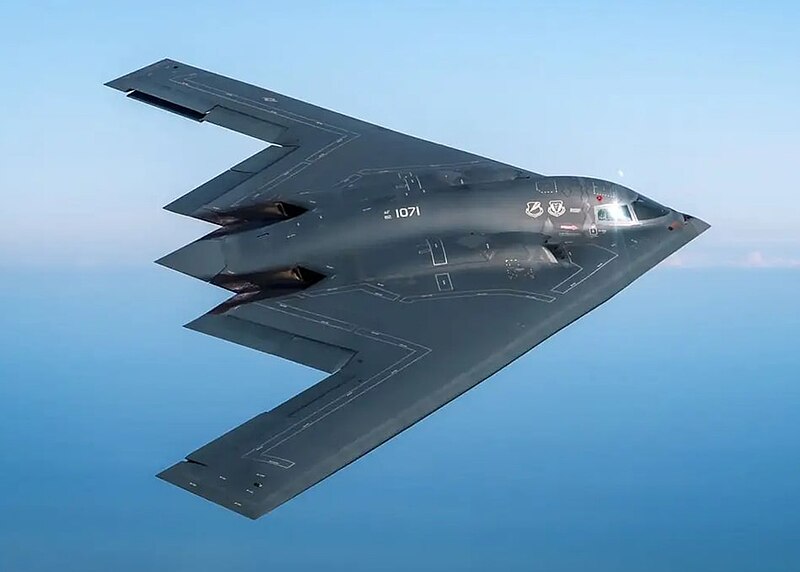
The Northrop Grumman B-2 Spirit, known for its stealth capabilities, redefined military aviation when it entered service in 1989. Its unique flying wing design minimizes radar signature, allowing it to evade detection. The B-2 is capable of delivering both conventional and nuclear munitions, making it a crucial component of the U.S. Air Force’s strategic bomber fleet. With a range of over 6,000 miles, it can conduct long-range missions without refueling. The aircraft’s advanced technology and materials enable it to fly at high altitudes while avoiding enemy radar. Its operational history includes significant contributions to conflicts such as the Kosovo War and the War on Terror. The B-2’s impact on aerial warfare is profound, setting new standards for stealth and precision bombing.
This article originally appeared on Rarest.org.
More From Rarest.Org
In the world of classic cars, SUVs have become increasingly popular among collectors for their rugged designs, off-road capabilities, and nostalgic appeal. Many of these vehicles, once common on the road, are now rare finds with growing demand. Read more.
18 Pioneering Space Exploration Milestones That Seemed Impossible
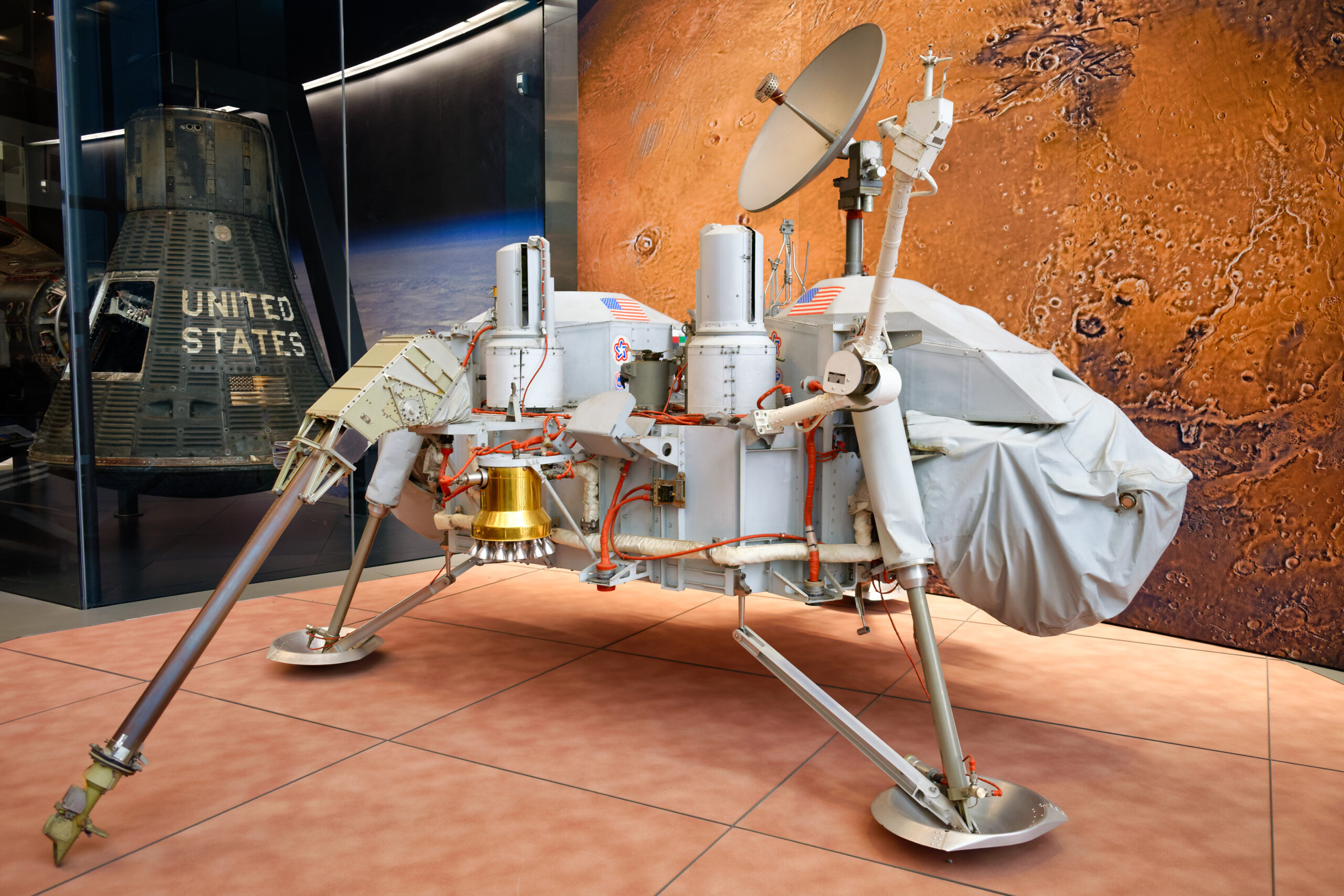
Space exploration has always captured the imagination of people across the globe. What once seemed impossible—reaching beyond Earth’s atmosphere—has been achieved through daring missions and remarkable technology. Read more.
Some islands around the world are known for their beauty and isolation, but others hold fascinating, little-known stories that make them truly unique. From places steeped in mystery and intrigue to those with historical significance that shaped global events, these remote locations have histories as captivating as their landscapes. Read more.

